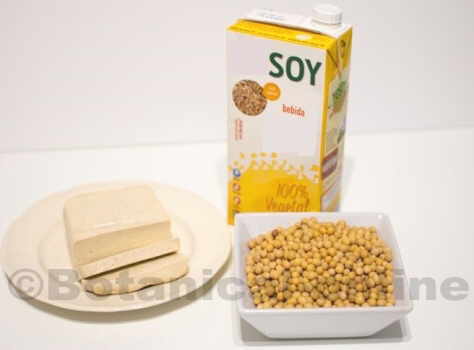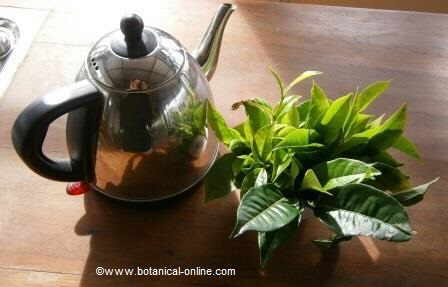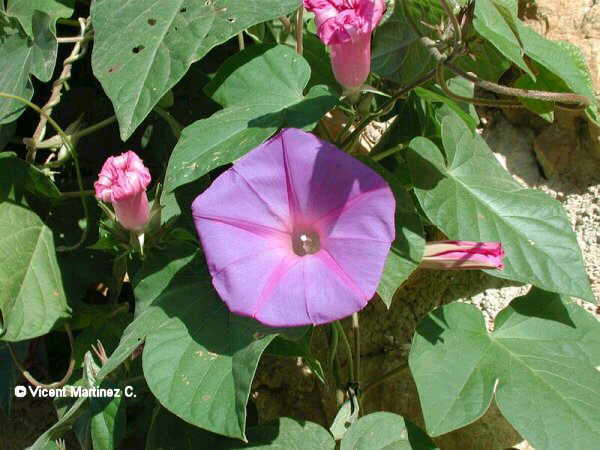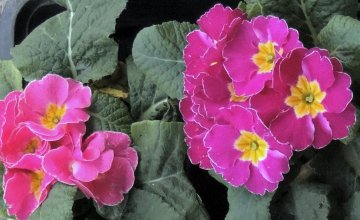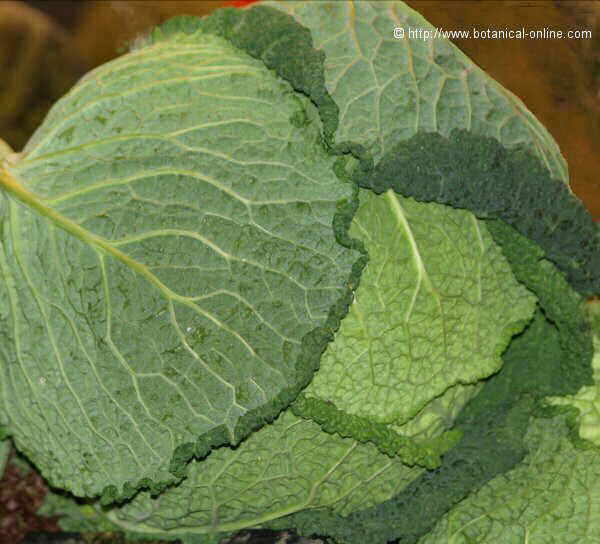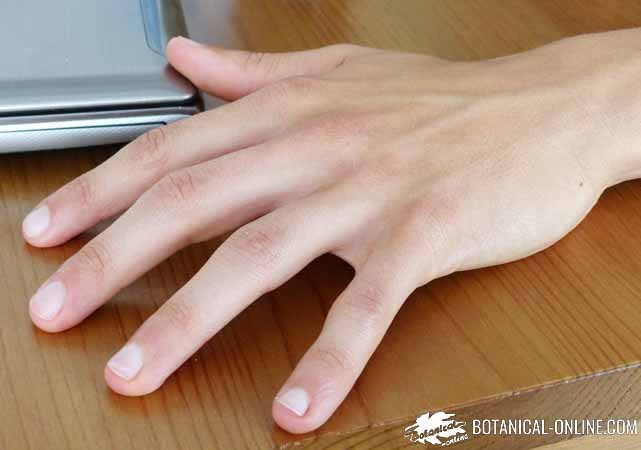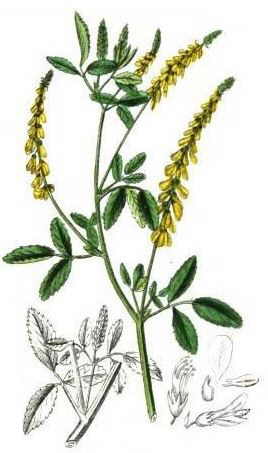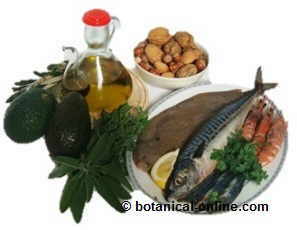Contents
Characteristics of Jerusalem artichoke or sunchoke
What is Jerusalem artichoke?
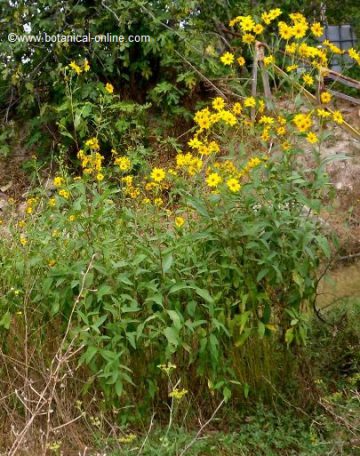
Common name: Jerusalem artichoke, sunroot, sunchoke, earth apple, topinambour
Scientific name: Helianthus tuberosus L.
Family: Composite plants
Origin: this plant is native to eastern North America and was introduced in France in the seventeenth century. The plant quickly spread to markets throughout Europe for both human food and fodder.
Habitat: It was cultivated in orchards; wild on riverbanks, wet meadows, forests, near lakes, uncultivated land or where it had been cultivated in the past, landfills.
Distribution: It is cultivated in tropical and subtropical countries to obtain edible tubers and fodder. Inulin source used for industry. Naturalized throughout North America, Europe, Asia and Oceania.
Jerusalem artichoke description
Jerusalem artichoke, sunchoke or earth apple (Helianthus tuberosus) is a plant closely related to sunflower, which is grown in gardens for its edible tuber.
It is a large annual plant, which can reach up to 2.5 – 3 m. tall. The stem is thick, erect, rough and reddish in color, which has several branches.
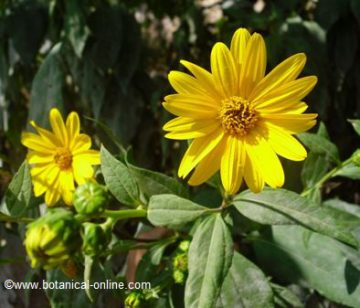
The leaves are alternate, large, petiolate, ovate-lanceolate and with a toothed margin. Size between 10-25 cm in length by 7-15 in width. Like sunflower leaves, these are rough to the touch.
The Jerusalem artichoke flower is a flower head with radiated flowers, a type of inflorescence typical of Composite plants, and which may resemble the flower of a daisy or a sunflower.
It blooms in summer and until mid-autumn.
The fruit is an achene, similar to sunflower seeds, 5 – 7 mm.
The plant has underground tubers that are very rich in inulin and reserve nutrients, which allow it to have food during the winter.
The tubers are elongated or oval, pale brown, reddish, purple or white in color and knobby. Its flavor is similar to that of artichoke, which is why it adopts the common name of Jerusalem artichoke.
The tubers serve to form new plants, and if they are not uprooted, they end up forming large extensions of bushes all over the land.
Used parts
- Tubers, stems and leaves.
Jerusalem artichoke uses
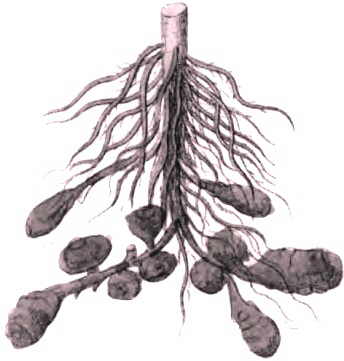
- Human food: tubers are an excellent winter food. These are rich in inulin, a very healthy type of dietary fiber in slimming diets and especially for people with diabetes.
The tuber is generally consumed boiled, in culinary preparations similar to those of potatoes. If it is harvested in winter, preferably after it has frosted, it has a sweet and pleasant taste, and is eaten as a radish, raw in salads.
*More information about Jerusalem artichoke in food in the following list.
- Animal fodder: the leaves and also the tubers are an excellent feed for animals, such as pigs and cattle. In some Latin American countries it has received the name of “papa chanchera“, for its use as food for pigs. (Chanchero in Spanish means person who takes care of pigs).
- Coffee substitute: the roasted tubers are used to prepare a substitute drink for coffee, without caffeine.
- Sweetener: due to its high inulin content, it is an industrial source to produce fructose and sweeteners.
- Medicinal: the tuber is used in phytotherapy. It has a laxative, cholagogue, and stomach tonic effect. It is a popular remedy for diabetes and rheumatism.
*More information about the medicinal properties of the Jerusalem Artichoke in the list below.
- Biomass: the entire plant is usable as an energy source. The tubers are used in industry for the production of ethanol, of better quality than that produced from sugar beets. These are used in perfumery, for industrial alcohols and fuel.
- Industrial uses for the extraction of inulin: the tubers have a high content of inulin, between 16 – 20% of the fresh weight of the tuber, being one of the richest natural sources of this type of fiber.
Industry uses inulin to produce sweeteners and additives. Due to the properties of inulin, it is used to replace fat in light foods, as it simulates their thick texture and improves the palatability of these products. An example of its use is found in some low-fat yogurts, since in Germany, approximately 70% of yogurts contain inulin.
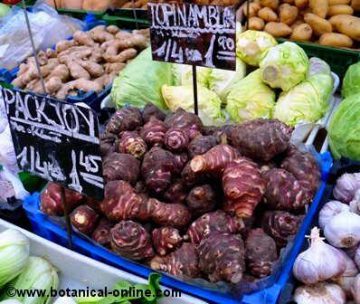
Botanical classification of Jerusalem artichoke
Botanical classification | |
| Kingdom | Plantae – Plants |
| Subkingdom | Tracheobionta – Vascular plants |
| Division | Magnoliophyta or Angiosperms – Flowering plants |
| Superdivision | Spermatophyta – Seed plants |
| Class | Magnolipsida or Diocots |
| Order | Asterals |
| Family | Asteraceae or Composite |
| Subfamily | Asteroideae |
| Tribe | Heliantheae |
| Subtribe | Helianthinae |
| Gender | Helianthus |
| Species | H. tuberosus |
![]() More information on Jerusalem artichoke
More information on Jerusalem artichoke

